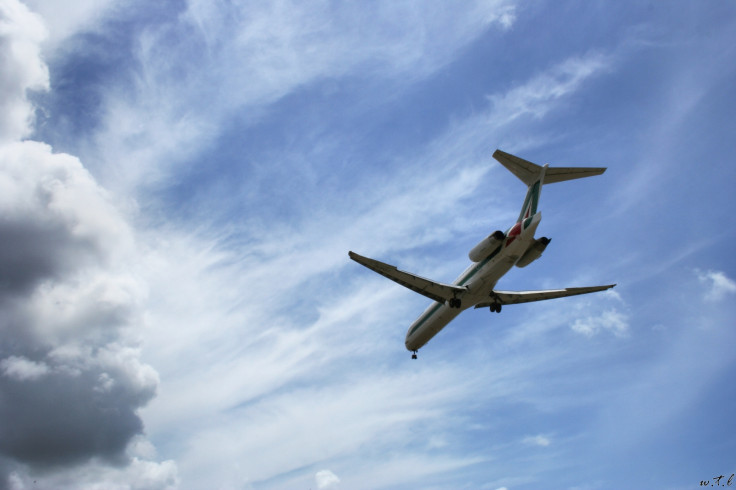Extreme turbulence on flights set to soar as climate change impacts North Atlantic Jet Stream
Extreme turbulence – which can hospitalise passengers – is set to increase by 150% this century.
Aeroplanes are likely to face more air turbulence in the coming decades due to climate change, with the greatest increase in the most severe category of turbulence.
The vast majority of flyers have experienced air turbulence to some extent. It can range from a slight shudder to a terrifying experience where the plane shakes wildly. The most extreme turbulence frequently hospitalises passengers and crew.
Disruption to North Atlantic Jet Stream is likely to make transatlantic flights a much bumpier ride as carbon dioxide levels in the atmosphere increase, according to a paper published in the journal Advances in Atmospheric Sciences. When atmospheric carbon dioxide levels double compared with preindustrial levels, flyers can expect:
- Light turbulence to increase by 59%
- Light-to-moderate turbulence increasing by 75%
- Moderate by 94%
- Moderate-to-severe by 127%
- Severe by 149%
Pre-industrial levels of carbon in the atmosphere were 280 parts per million. We're now at about 405 ppm, according to NASA data. It is almost certain that we will reach double pre-industrial levels this century, study author Paul Williams of the University of Reading told IBTimes UK.
"We would reach a doubling point in the early part of the second half of the century. It could be as early as the 2050s, depending on our emissions. If we drastically cut emissions, it might be toward the end of this century," Williams said.

Why is climate change affecting the Jet Stream?
The amount and severity of air turbulence planes experience depends on the strength of the jet stream. The stronger and faster the jet stream, the more turbulence passengers can expect. Putting more carbon dioxide into the atmosphere makes the jet stream stronger.
This is because the tropics warming up faster than the poles as the climate changes. The difference in temperature between the tropics and poles is what drives the jet stream. A bigger temperature difference means a bigger and stronger jet stream.
Climate change is expected to change extremes in the jet stream more than the averages.
"It's usually the extremes that change the most with climate change. It's the extremes like heatwaves, severe flooding – those are the events that are changing the most with climate change," Williams said.
"The jet stream is no different. We see almost three times the increase in extreme turbulence than light turbulence. And that's consistent with bigger changes to extremes with climate change than to the global averages."
As a result, flight companies should consider how they will redirect their flights to avoid the worst turbulence, Williams said. The jet stream blows from west to east, and so flights travelling from, for example, New York to London can get a boost from it of up to 200 miles per hour. But this comes at the cost of extra turbulence.
In addition, Williams' study used supercomputer simulations to look specifically at transatlantic flights in winter, when air turbulence is typically worst. But with further research it may be that the findings could extend to other areas and seasons, he said.
© Copyright IBTimes 2025. All rights reserved.






















